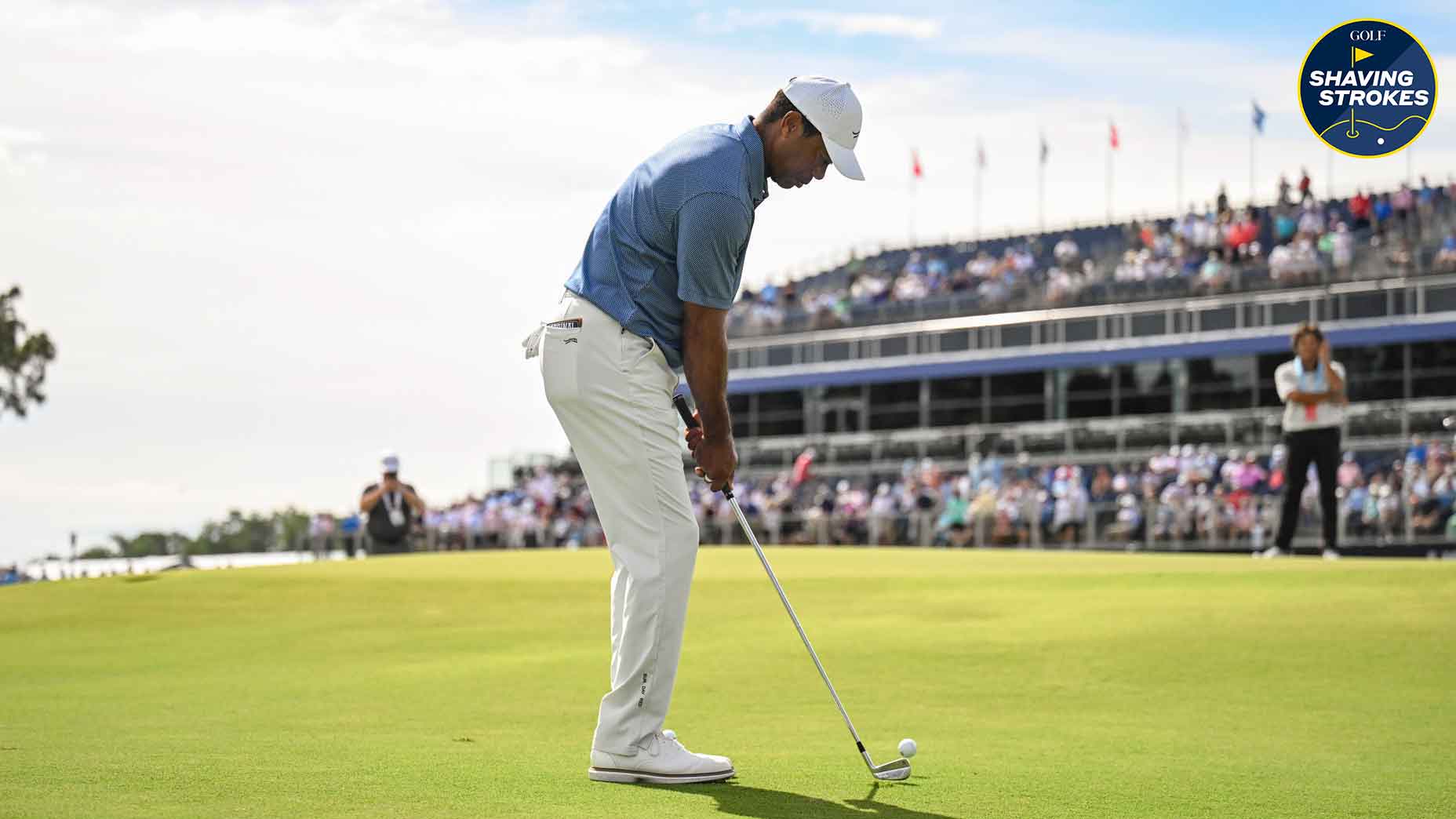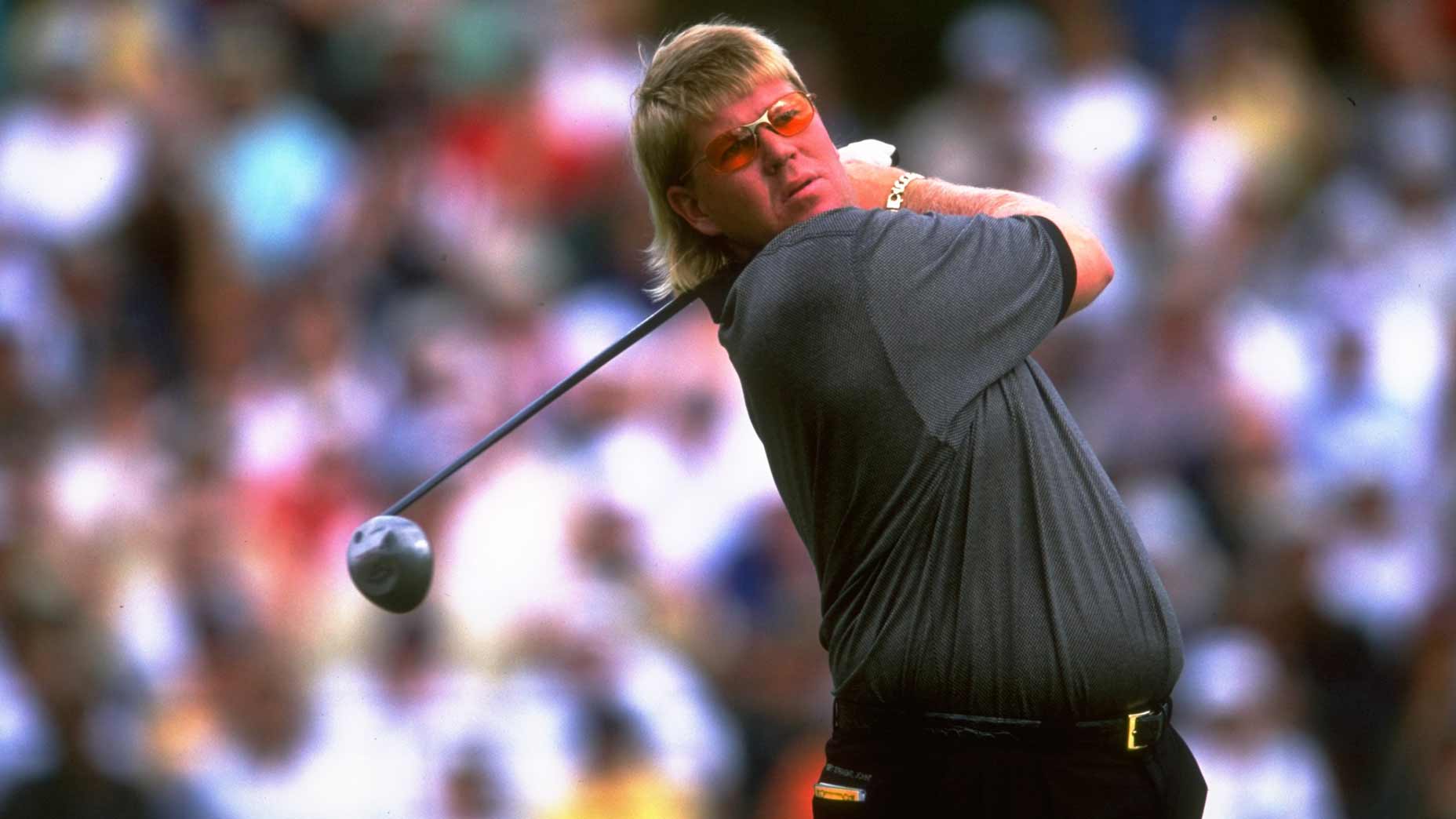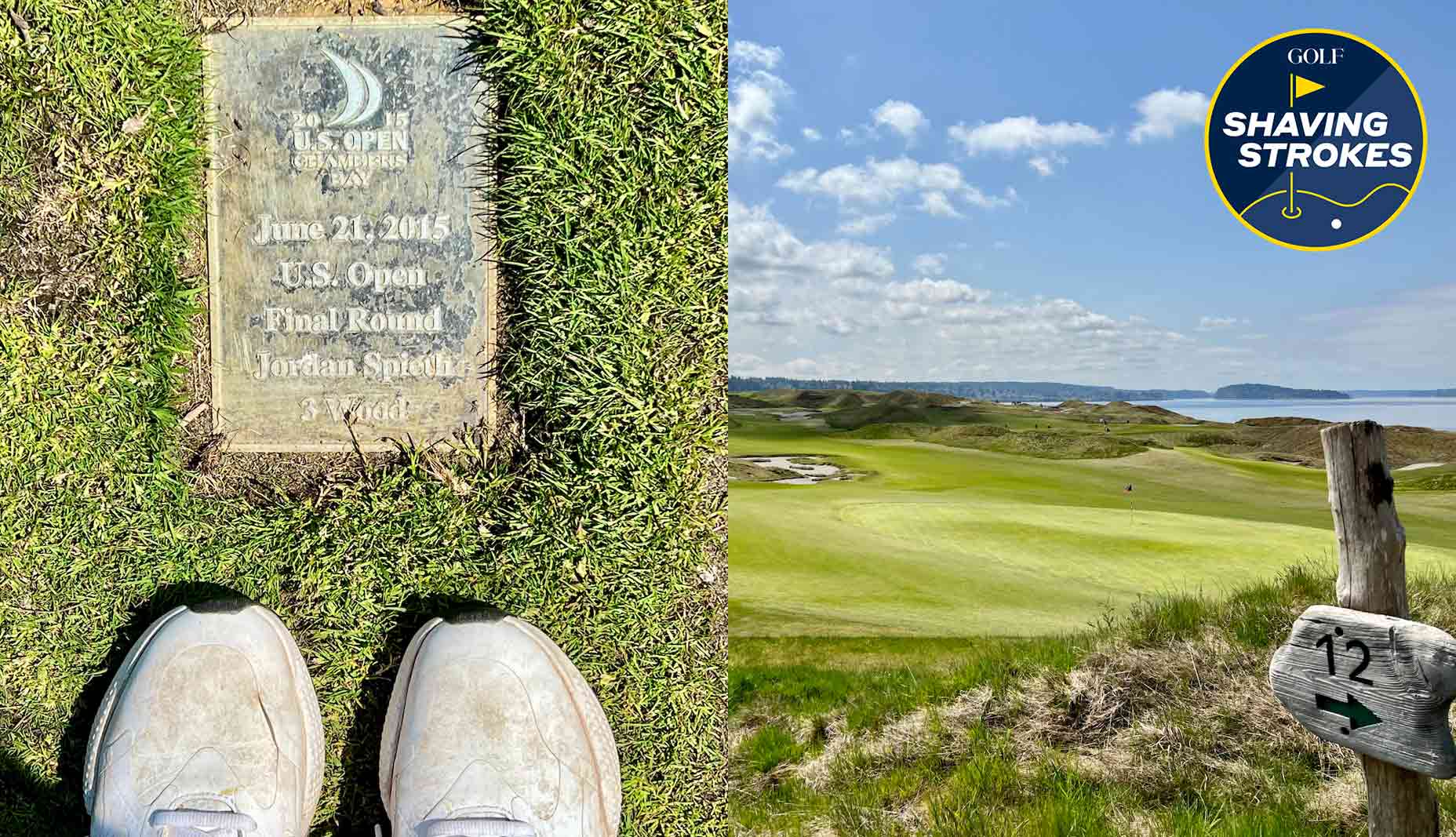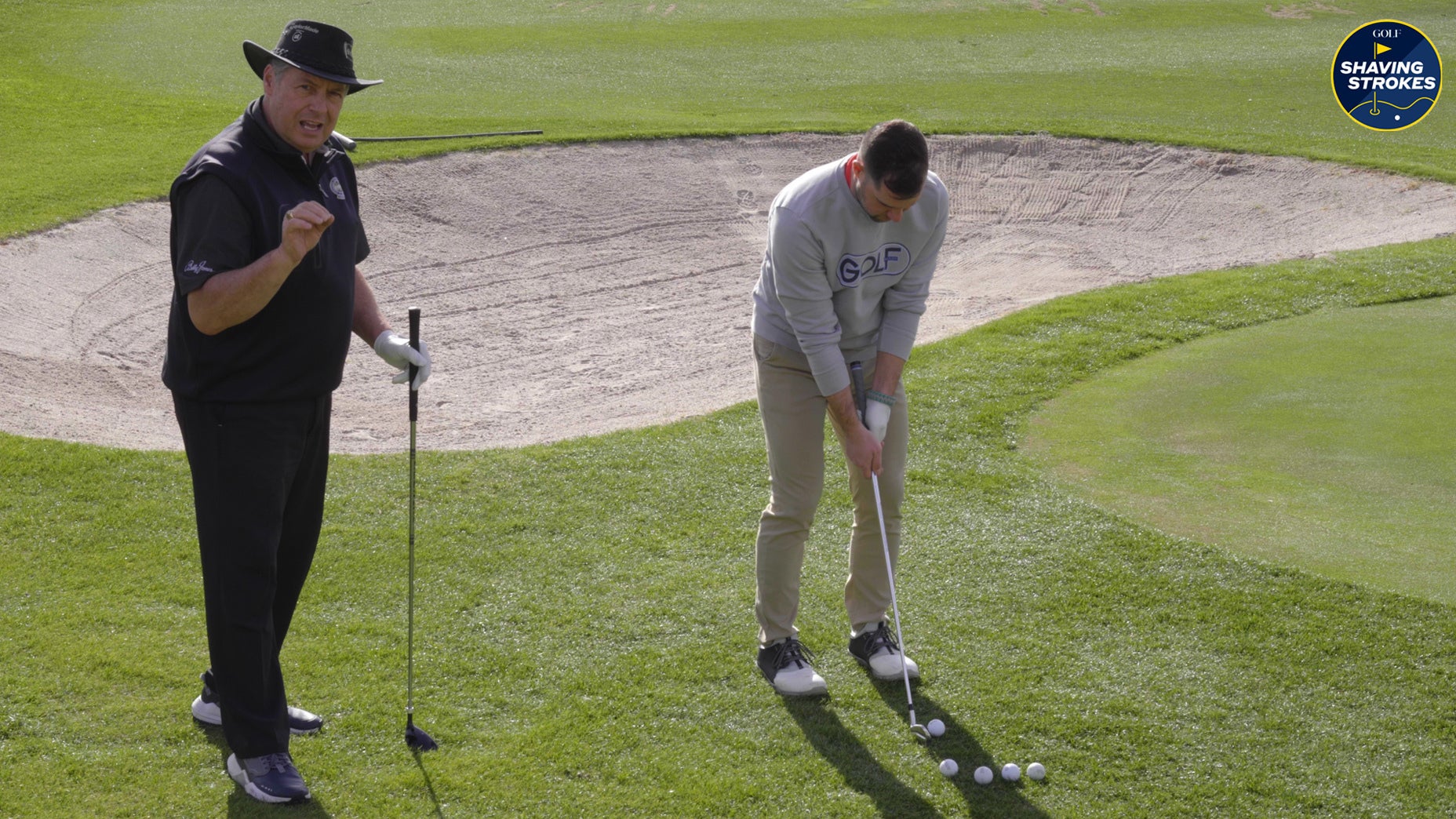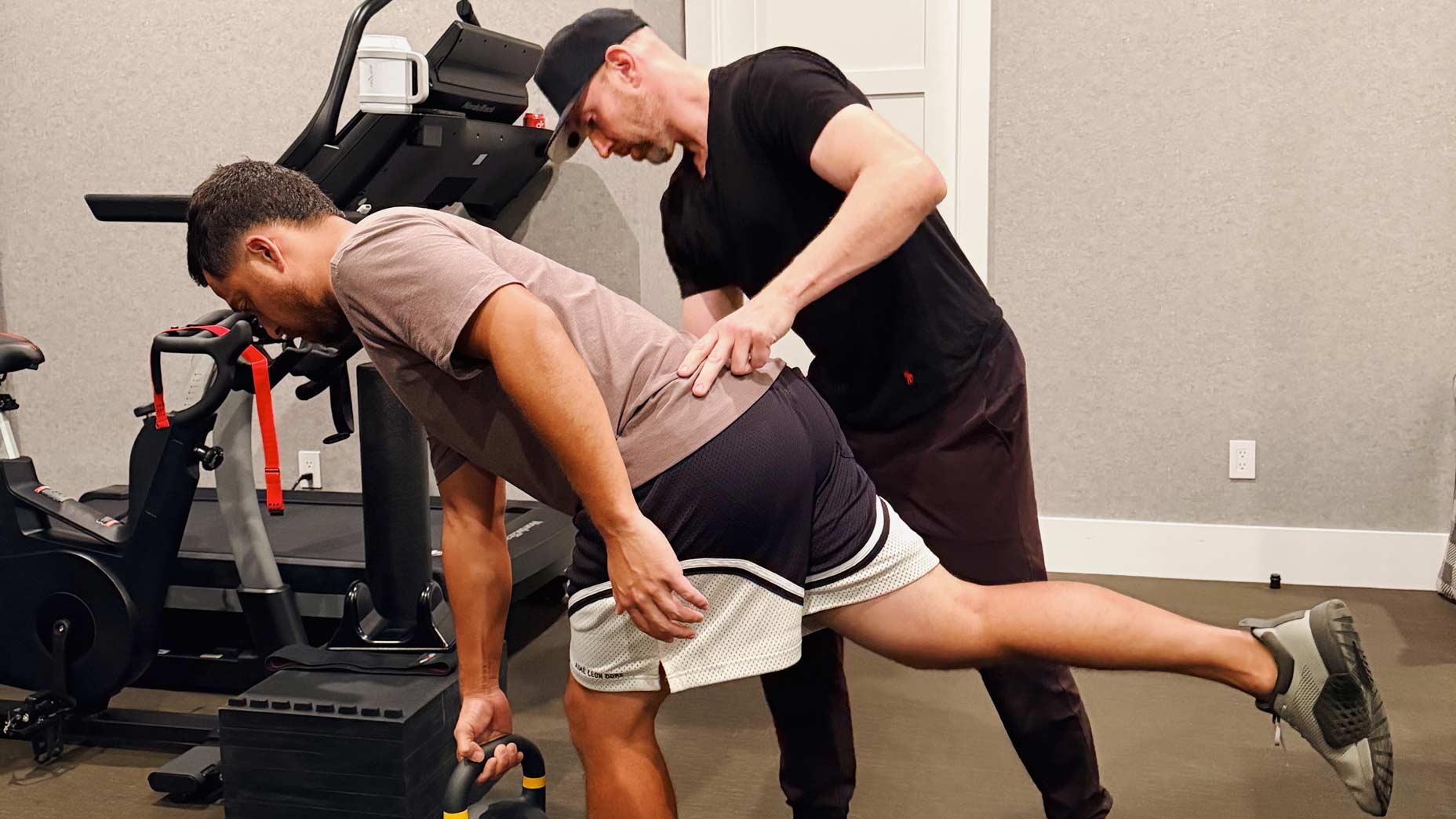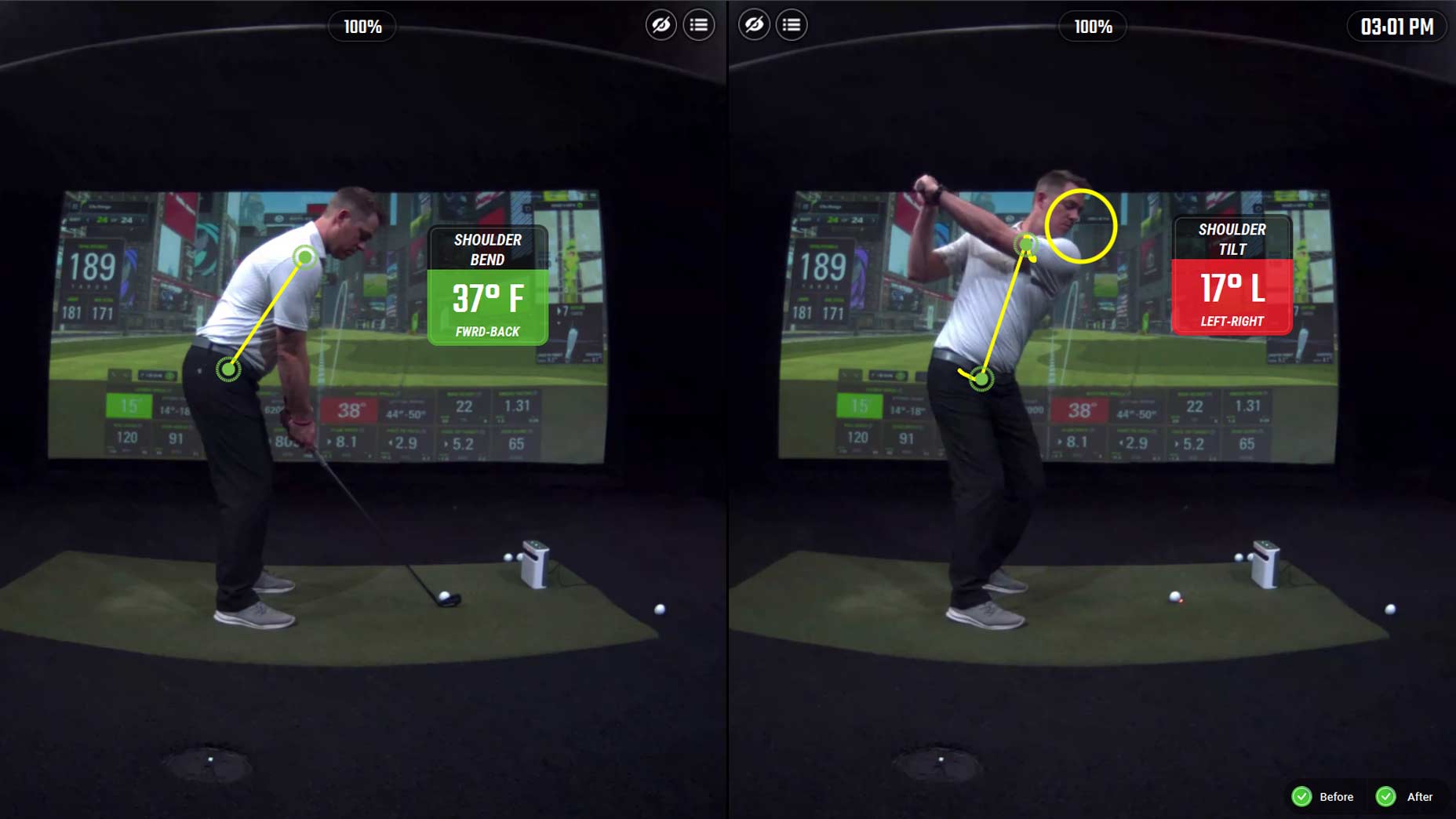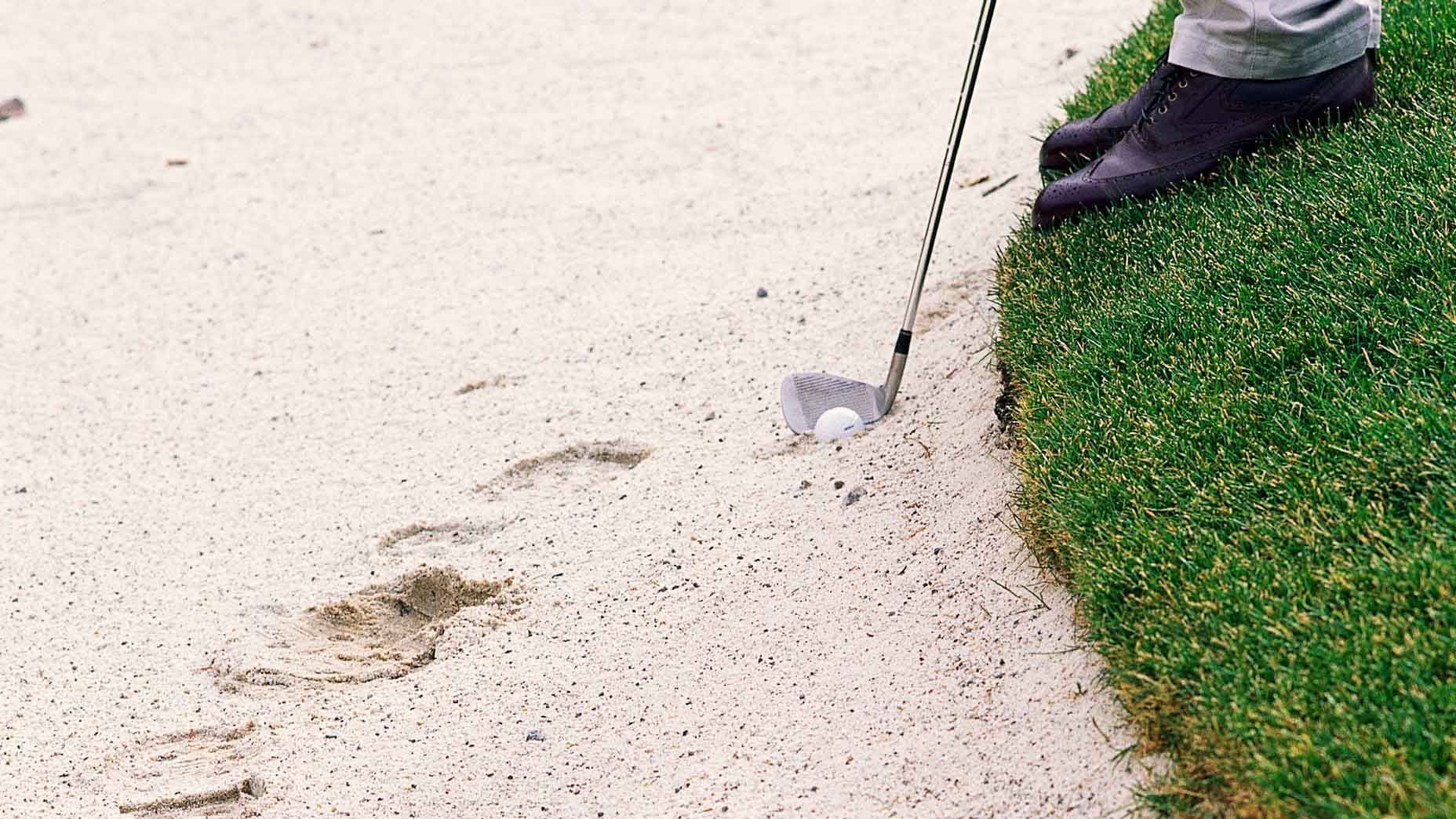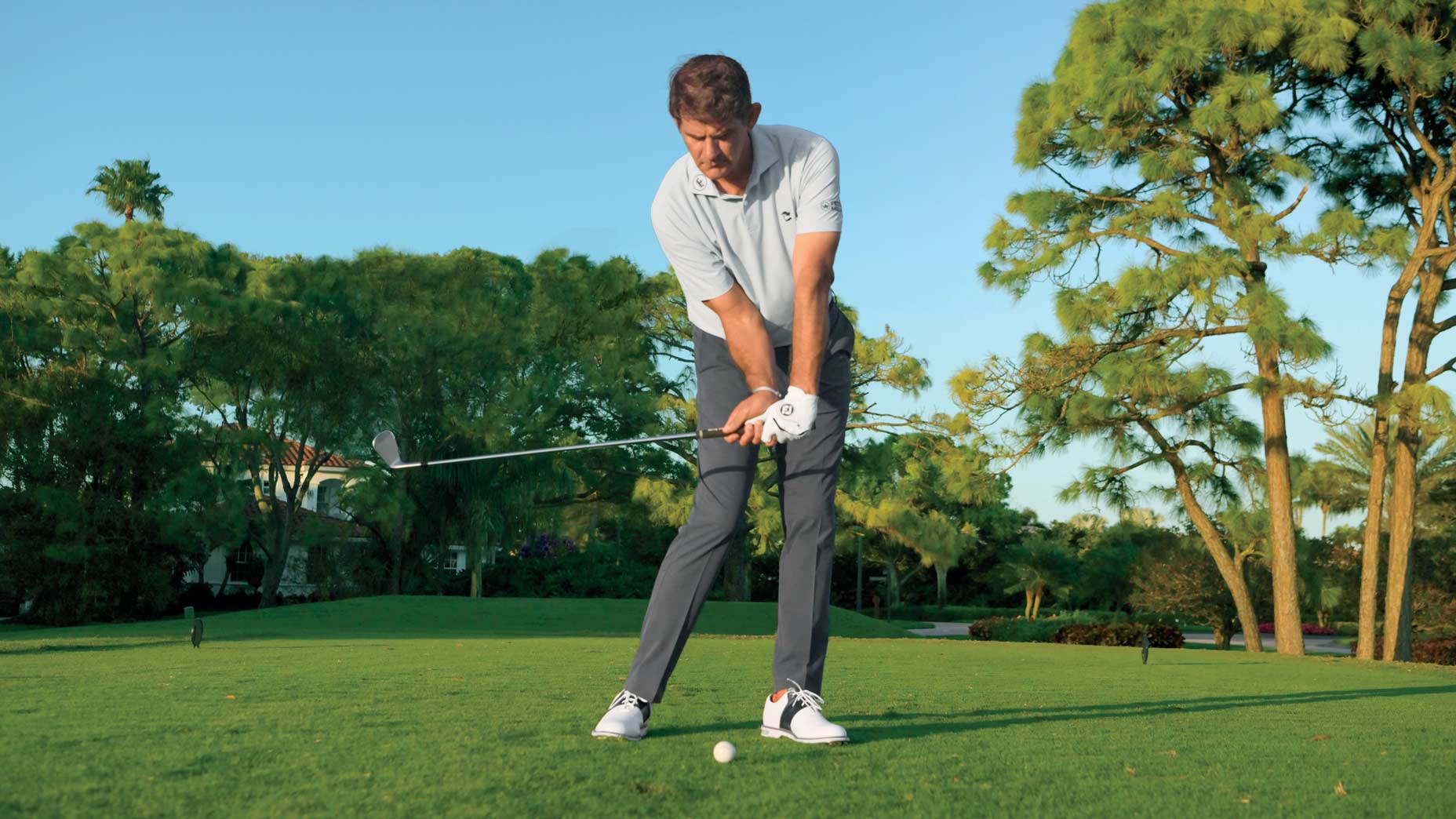Welcome to Shaving Strokes, a GOLF.com series in which we’re sharing improvements, learnings and takeaways from amateur golfers just like you — including some of the speed bumps and challenges they faced along the way.
At this year’s U.S. Open at Pinehurst No. 2, all bets are off. That means that what you thought you knew about golf is basically tossed out the window.
Why? Because traditional wisdom says that the short game requires masterful wedge play and the ability to hit sticky, spinny shots from around the green — but not at this tricky U.S. Open venue.
Remembering John Daly’s epic Pinehurst No. 2 meltdownBy: Nick Dimengo
Given the difficulty of the design, the greens at Pinehurst No. 2 resemble an “igloo with a pin dropped on top,” according to longtime golf commentator Gary McCord.
Yes, that means exactly what your mind is envisioning — slopes on all four sides of the putting surface, and very little room to maneuver in the short game.
Even the best short game players in the world are forced to rethink their strategies, with many in this year’s U.S. Open field ditching wedges for other clubs like putters, hybrids, fairway woods, and even short-to-mid irons when they find themselves just off the green.
According to golf instructor Bill Schmedes, this is an important lesson for all amateurs, as many typically default to a comfortable club choice before really analyzing the shot in front of them.
What this year’s U.S. Open will teach amateurs about the short game
Although the greens at Pinehurst No. 2 are relatively large, averaging about 6,500 square feet, due to the slopes and the pin placements at this year’s U.S. Open, the spots players can actually leave their ball is about half of that.
This is where creativity is going to play a big role in how the world’s best golfers navigate their short game strategies.
I anticipate seeing a lot of players missing greens, even on good shots, causing them to step out of their comfort zone to figure out the best club choice from around the greens. This is all due to the extreme slopes, undulations, and speeds of the putting surfaces.
This U.S. Open site beat me down, but it also helped me become a better playerBy: Nick Dimengo
While most amateur golfers will never have the opportunity to play a U.S. Open site like Pinehurst No. 2, there’s a lot you can learn from the best players in the world this week — namely, understanding how each club in your bag can create some versatility for specific shot types.
For instance, you’ll notice that a lot of short game shots this week will be played off uphill lies. This is due to the contours around the greens, which can cause the leading edge to dig or stick into the ground if a player’s technique isn’t perfect.
This is where good decision-making will play a huge role in deciding the U.S. Open champion.
But it’s also a reminder for amateurs to always play the scenario and the odds, using your course management skills to avoid a club that may cause a poor result — even if you hit it perfectly.
So if you’re an amateur who’s just off the green and doesn’t have rough between yourself and the green, you must get your ball rolling as quickly as possible. That means using a putter, hybrid, fairway wood, or short-to-mid iron — no matter how unorthodox it may first appear.
Try this to rethink your short game approach
Let’s pretend you’re going to use your putter on a short game shot when you’re just off the green. First off, commit to the decision, then remember that the strategy doesn’t change much from what you’d normally when putting on the green.
One small tweak would be having a touch more weight starting on the lead side at address, and keeping it there throughout the stroke. You’ll have to add a lengthier stroke in order to get the desired speed to pass through the grass leading up to the green.
If you’re using a hybrid, fairway wood, or short-to-mid iron, the strategy will be similar.
Gain better control on chip shots with this alternative approachBy: Nick Dimengo
Simply position the chest forward of the ball at address (don’t think weight forward, think chest forward), raise the shaft at address just a touch (away from the ground), and have the ball centered between your feet at address. From there, you should feel like you’re making an extended putting stroke, allowing the club’s loft to do the work early before letting it roll out and release later.
Oftentimes, players will feel as if their hands are less involved or that their wrists are hinging less.
So as you watch this week’s U.S. Open, notice how some of the players are using the above strategy on short game shots from just off the green. And remember to consider the same creativity if and when you even find yourself in a similar spot during an upcoming round.

Cobra DarkSpeed Custom Hybrid
View Product
